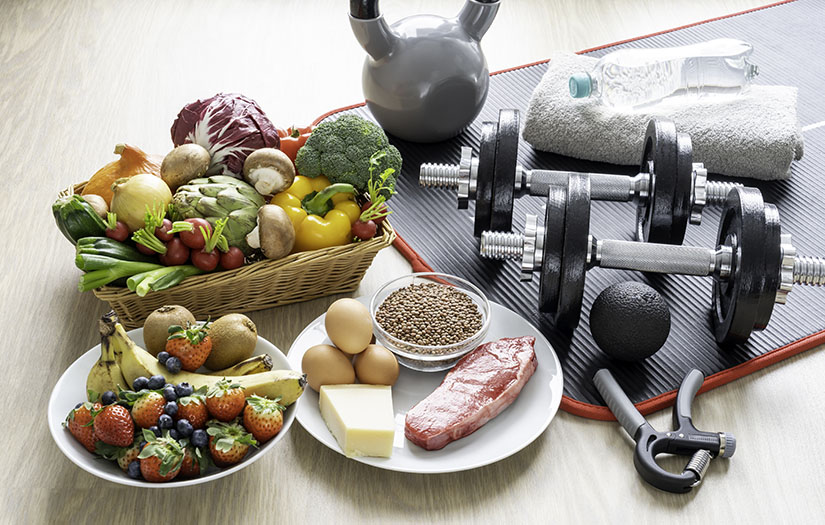
Most Common Sports Injuries and How to Prevent Them
#1 Sprains and Strains
Sprains and strains are two of the most common sports injuries seen across all levels of athletics. They occur from simple twists and turns to the overuse of muscles during play.
What’s the Difference?
A sprain is when the ligaments that connect bones become stretched, torn or swollen. Common problem areas are ankles, wrists and knees. A strain is when muscles and tendons, which connect muscles to bones, get overworked and damaged. Hamstring, calf, shoulder and elbow strains frequently occur.
Causes and Contributing Factors
- Not warming up properly – cold muscles are more prone to injury
- Playing a sport you aren’t conditioned for
- Having weak core and leg muscles as well as poor balance
- Wearing inappropriate gear like non-supportive shoes
- Having fatigue set in towards end of competition
- Not treating minor sprains/strains which can lead to further damage upon return to play
Tips for Prevention
- Warm up for 10-15 minutes with light cardio and stretching
- Ensure proper strength training for your sport
- Wear necessary braces, compression sleeves or athletic tape if you have a history of sprains
- Replace worn athletic shoes every 300-500 miles
- Gradually build playing time and take enough rest days
- Treat even minor sprains with RICE – Rest, Ice, Compression and Elevation
#2 Knee Injuries
Knee injuries are unfortunately very widespread in sports, especially for teens and young adults along with older athletes. Some of the most common knee issues include anterior cruciate ligament (ACL) tears, meniscus tears, dislocations, tendonitis and fractures around the kneecap.
Common Causes
- Sudden stops and starts with pivoting or changing directions
- Jumping and landing incorrectly – knocking knees together for example
- Direct blows or collisions with other players
- Overuse from too much play, not enough recovery between sessions
Prevention Strategies
- Maintain proper conditioning including leg strengthening exercises
- Use knee braces and wear appropriate footwear
- Learn and practice safe body mechanics when pivoting, stopping, landing and recovering from jumps
- Treat swelling/soreness after play with RICE
- Cross train and avoid playing one sport year-round to give knees a break
#3 Shoulder Dislocations and Fractures
Shoulder dislocations often occur in sports requiring extensive overhead arm motions like volleyball, swimming, basketball and gymnastics. Fractures frequently result from falling directly on a shoulder or bracing a fall with an outstretched arm.
Causes
- Aggressive serving, spiking or blocking motions in volleyball/tennis
- Outstretching arms to break a fall but putting too much force through the shoulder
- Checking or collision with another player
- Attempting lifts beyond current capability
Prevention Tips
- Warm up rotator cuffs thoroughly
- Build strength in shoulders, chest, upper back and core for stability
- Do not spike or serve balls if fatigued
- Learn safe falling techniques – roll rather than reaching out arms
- Tuck chin when checking another player
- Master proper form on overhead lifts before progressing
The keys are building sport-specific conditioning, utilizing proper techniques, wearing appropriate gear, and not pushing beyond your current skill level. With some preventative efforts, you can continue enjoying activities while minimizing injury risk.







